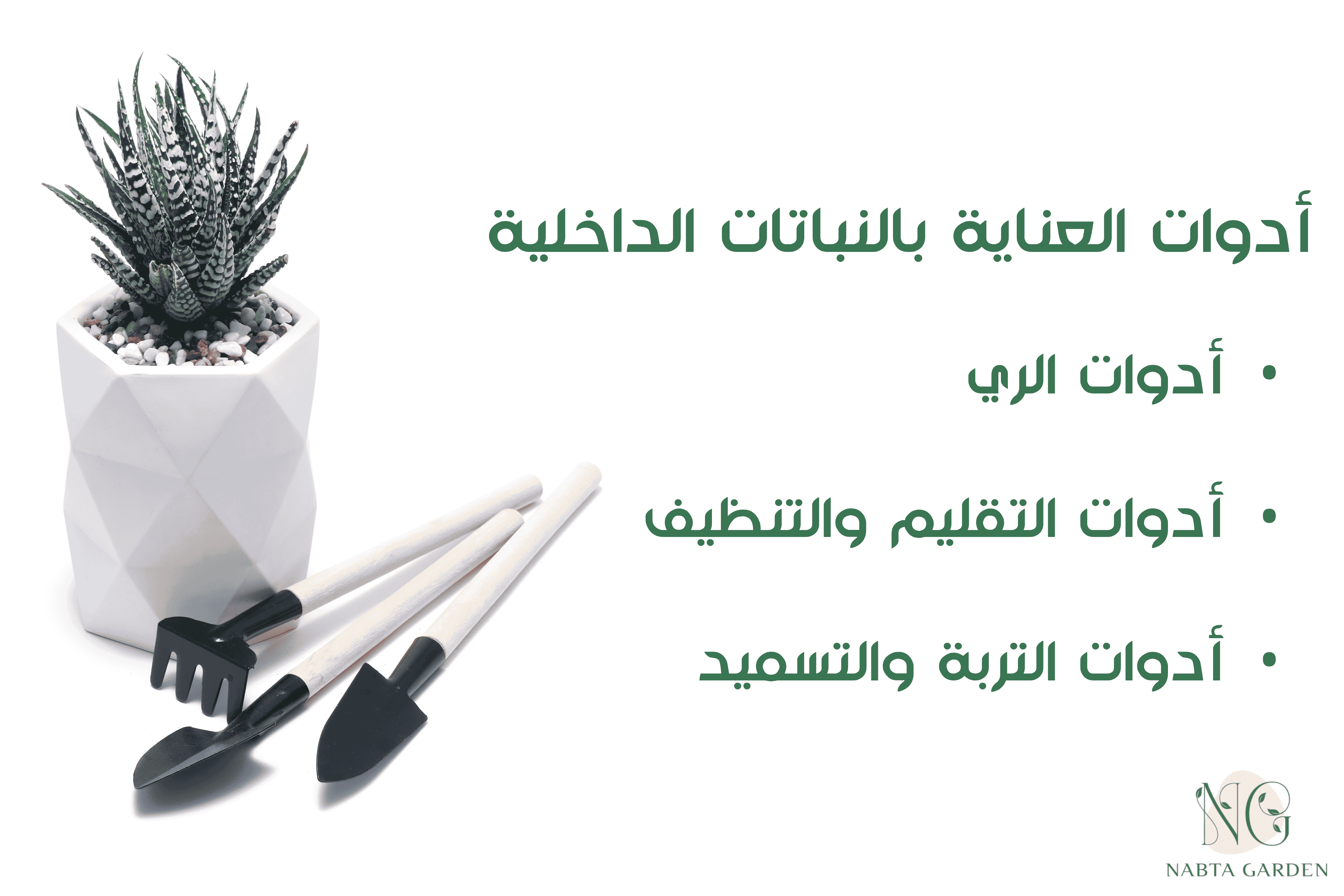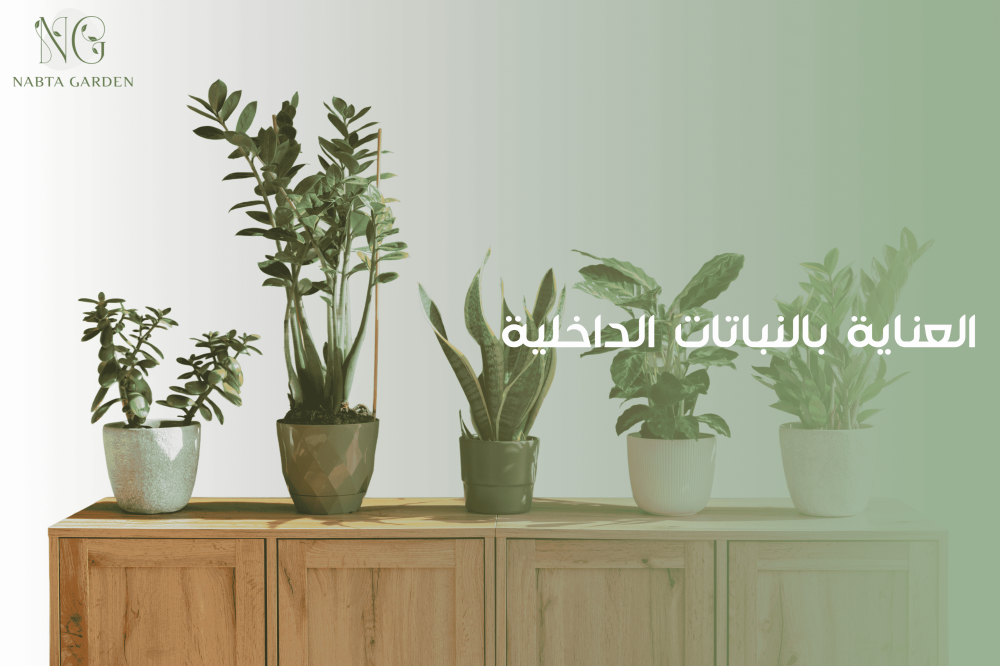A comprehensive guide to indoor plant care
Indoor plants are not just a decorative addition to your home or office, they are part of a healthy environment that improves air quality and promotes a sense of comfort and tranquility. However, keeping indoor plants in perfect condition requires a thorough knowledge of their specific requirements for light, watering, humidity and nutrition. Whether you are a beginner in the world of plants or a professional looking to boost the growth of your green collection, this guide will provide you with the most important tips to ensure the health and beauty of your indoor plants.
Top Tips for Indoor Plant Care
- Choosing the right plant:
Before purchasing an indoor plant, it is important to choose the right type based on:
- Available lighting level.
- How easy it is to care for.
- Its ability to adapt to the home or office environment.
- Some easy-care indoor plants include:
- Pothos: Tolerates low light and needs moderate watering.
- Succulents: Need good light and little water.
- Haworthia cymbiformis : Suitable for places with moderate natural light and low care.
- Proper lighting:
Light is essential for photosynthesis and the growth of indoor plants, so adequate lighting must be provided, whether natural or artificial, without exposing them directly to the sun. It is preferable to place plants with bright lighting near southern windows, moderate lighting near eastern and western windows, and dim lighting near northern windows.
- Plants that need strong, direct light: such as cactus and oleander.
- Plants that prefer indirect light: such as Dracaena and Ficus Benjamina.
- Plants that grow in low light: such as peace lily and spider plant.
- Ventilation and air quality:
Plants should be placed in a well-ventilated area, as airflow helps prevent the growth of fungi and mold that may affect their health.
- Suitable soil and fertilization:
Plants need fertilizer to grow, but it is recommended to use it in moderation. Most houseplants are fertilized monthly during the spring and fall, avoiding fertilizing in the winter due to slow growth. Fertilization varies by plant type, and it is best to use a balanced or specialized fertilizer to ensure healthy growth.
- Choosing the right soil is essential.
- It is preferable to use organic fertilizer to stimulate plant growth without exposing it to harmful chemicals.
- Organize irrigation properly:
Indoor plants should be watered regularly and in appropriate amounts to avoid drying out the soil or rotting the roots. Signs of overwatering include mold and leaf drop, while underwatering results in wilting and yellowing of the edges. You can check the soil moisture with your finger to determine the need for watering, keeping in mind that plants with dense leaves need more water than cacti, and need less water in winter. It is preferable to use water at room temperature (around 20°C) to avoid damaging the roots.
- It is preferable to water the plant early in the morning or in the evening to reduce evaporation.
- Avoid leaving stagnant water in the pot, as it may cause root rot.
- Use a soil moisture meter or stick your finger into the soil to see how much water your plant needs.
- Leaf care and regular pruning:
- Wipe the leaves with a damp cloth to remove dust and promote photosynthesis.
- Prune away wilted and diseased leaves regularly to keep the plant healthy.
- Pest and disease prevention:
- Use natural insecticides such as neem oil.
- Check plants regularly for signs of insect infestation.

Indoor Plant Care Tools
- Irrigation tools:
- Water sprinkler To moisten plant leaves.
- Soil moisture meter to know when to water.
- Pruning and cleaning tools:
- Pruning shears for cutting away dead branches.
- Wet cloth or sponge to clean leaves.
- Soil and fertilization tools:
- Small shovel for moving soil and planting plants.
- Hand fork for aerating soil.
- Fertilizer cones to distribute nutrients evenly.
Common Mistakes in Indoor Plant Care
- Overwatering:
- One of the most common mistakes, as it leads to root rot and plant wilting.
- Placing the plant in an inappropriate place:
- Such as exposing it to excessive direct light or placing it in an environment that is not suitable in terms of humidity and temperature.
- Neglecting fertilization:
- Nutrient deficiency leads to poor plant growth and yellowing of leaves.
- Not trimming the leaves regularly:
- It causes an accumulation of wilted leaves that may attract insects and pests.

